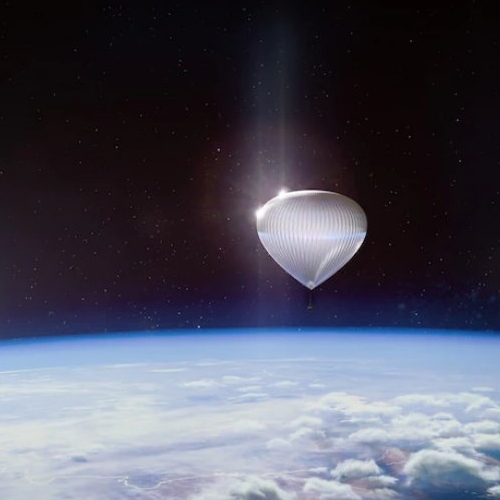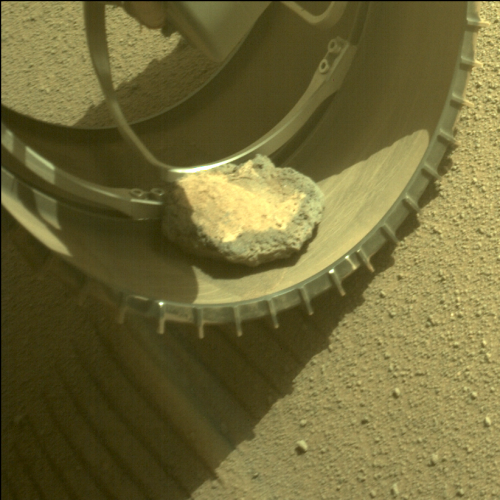The Ukraine War: After a third month of fighting the battlelines clarify

The Ukraine War as of May 5, 2022. Click for full map.

The Ukraine War as of June 6, 2022. Click for full map.
With more than three months of fighting since Russian began its unprovoked invasion of the Ukraine in late February and a full month since my last update on May 6th, it is time to do another follow-up to get a clear assessment of the war.
The two maps to the right are simplified versions of those produced daily by the Institute for the Study of War (ISW). For their full interactive version go here. The top map comes from its May 5th assessment, while the bottom map comes from its assessment on June 6th. The red hatched areas are regions Russia captured in 2014. The red areas are regions the Russians have captured in this invasion and now fully control. The pink areas are regions they have occupied but do not fully control. Blue regions are areas the Ukraine has recaptured. The blue hatched area is where local Ukrainians have had some success resisting Russian occupation.
Though the changes since early May are small, they make clear that the war’s battlelines have now become very clear. While Russia is very slowly but successfully taking ground in the center regions of its invasion, the Ukraine has been just as slowly but successfully retaking territory at the invasion’s outer edges.
» Read more












